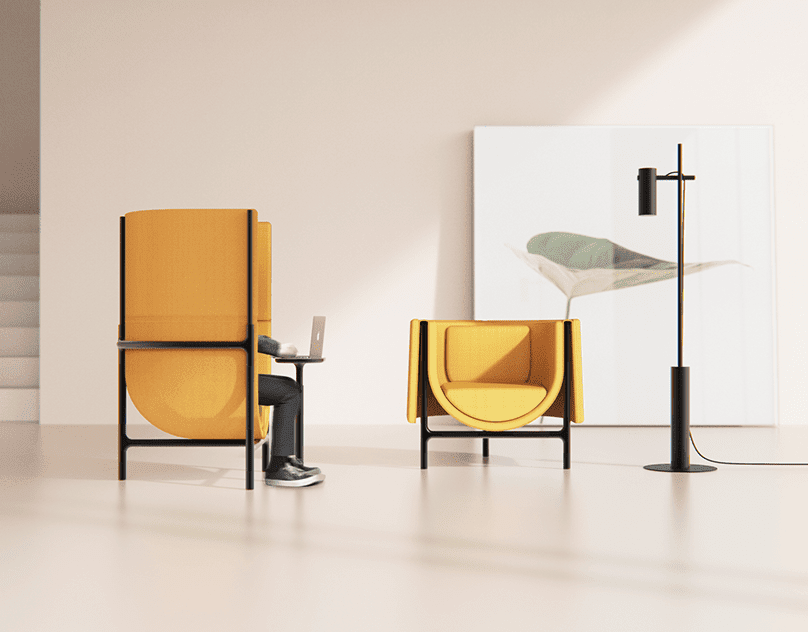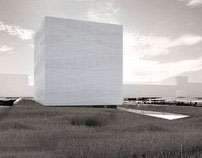As an interior designer, I have always believed that colors play a crucial role in creating a visually appealing and harmonious space. The right combination of Interior Design Colors can enhance the mood, atmosphere, and overall aesthetics of a room. Whether you are designing a residential or commercial space, understanding the psychology of colors and how they impact our emotions is essential.
The Psychology of Colors in Interior Design
Colors have the power to evoke certain emotions and influence our mood. For instance, warm colors such as red, orange, and yellow are known to create a sense of energy and excitement. On the other hand, cool colors like blue, green, and purple promote relaxation and calmness. Understanding these psychological effects can help you choose the right colors for your interior design project.
Primary Colors and Their Impact on Interior Spaces
Primary colors, namely red, blue, and yellow, are the building blocks of all other colors. Each primary color has its own unique impact on a space. Red, for example, is associated with passion and can create a strong focal point in a room. Blue, on the other hand, is often used to create a sense of tranquility and is perfect for bedrooms or spaces where relaxation is key. Yellow, with its cheerful and energetic vibe, can bring warmth and positivity to any interior.
Secondary Colors and Their Use in Interior Design
Secondary colors are created by mixing two primary colors together. These colors offer a wide range of possibilities and can be used to create a vibrant and dynamic interior. Purple, which is a combination of red and blue, is often associated with luxury and creativity. Green, a mixture of blue and yellow, represents nature and can bring a sense of freshness to a space. Orange, a combination of red and yellow, is known for its warmth and enthusiasm.
Tertiary Colors and How to Incorporate Them into Your Design
Tertiary colors are created by mixing primary and secondary colors together. These colors provide more depth and complexity to an interior design scheme. For instance, by combining blue and green, you can create a beautiful teal color that adds a touch of sophistication to any room. Adding tertiary colors to your design can help create a more nuanced and visually appealing space.
Warm Colors vs. Cool Colors: Choosing the Right Color Palette
When selecting a color palette for your interior design project, it’s important to consider whether you want to create a warm or cool atmosphere. Warm colors, such as reds, oranges, and yellows, can make a space feel cozy and inviting. They are perfect for areas where you want to promote social interaction, such as living rooms or dining areas. On the other hand, cool colors like blues, greens, and purples can create a more serene and peaceful environment, making them ideal for bedrooms or home offices.
How to Create a Harmonious Color Scheme in Your Space
Creating a harmonious color scheme is crucial to achieving a visually pleasing interior. One way to achieve this is by using a color wheel, which helps determine which colors complement each other. Analogous color schemes, where colors that are next to each other on the color wheel are used, create a sense of harmony and cohesion. Complementary color schemes, where colors that are opposite each other on the color wheel are used, create a more vibrant and energetic look.
Using Accent Colors to Add Depth and Interest to Your Design
Accent colors are a great way to add depth and interest to your interior design. These colors are used sparingly to create focal points or highlight specific areas of a room. For example, if you have a predominantly neutral color scheme, you can use a pop of vibrant red or teal as an accent color to create visual interest. Accent colors can be introduced through furniture, artwork, accessories, or even architectural elements like accent walls.
The Role of Neutrals in Interior Design Color Schemes
Neutrals are the foundation of any color scheme and provide a sense of balance and versatility. Colors such as white, beige, gray, and brown are considered neutrals and can be used as a base for any interior design project. Neutrals are timeless and can create a calm and sophisticated atmosphere. They also serve as a backdrop for other colors to shine. Whether you choose to go for a monochromatic look or use neutrals as a canvas for bolder colors, they are essential in creating a cohesive and well-designed space.
Tips for Selecting the Perfect Color for Different Rooms
When selecting colors for different rooms, it’s important to consider the purpose and function of the space. For example, in a bedroom, you may want to create a calming and relaxing atmosphere, so opting for cool colors like blues or greens would be a good choice. In a kitchen or dining area, where you want to stimulate appetite and create a vibrant environment, warm colors like reds or oranges can be used. Understanding the psychology of colors and how they affect our emotions can help you make informed decisions when selecting colors for different rooms.
How to Use Colors to Create Different Moods and Atmospheres
Colors have the power to create different moods and atmospheres in a space. By strategically using colors, you can evoke specific emotions and set the tone for a room. For example, if you want to create a serene and peaceful bedroom, using cool colors such as blues and grays can help achieve that. On the other hand, if you want to create a lively and energetic living room, incorporating warm colors like reds and oranges can do the trick. Understanding the desired mood and atmosphere of a space can guide your color choices and help you create the desired ambiance.
The Latest Trends in Interior Design Colors
Interior design colors, like any other design element, are subject to trends. Staying up to date with the latest color trends can help you create a contemporary and stylish interior. Currently, earthy tones such as terracotta, olive green, and burnt orange are gaining popularity for their warm and organic appeal. Pastel colors, especially blush pink and mint green, are also making a comeback, adding a touch of softness and serenity to interiors. It’s important to remember, however, that trends come and go, so it’s essential to choose colors that you love and that resonate with your personal style.
Case Studies: Successful Use of Color in Interior Design Projects
To illustrate the power of colors in interior design, let’s take a look at some successful case studies. In a modern living room, a combination of cool blues and greys was used to create a calm and contemporary atmosphere. The addition of a vibrant orange accent color brought energy and visual interest to the space. In a bohemian-style bedroom, a mix of warm earth tones and jewel tones was used to create a rich and inviting ambiance. These case studies demonstrate how the right color choices can transform a space and create a unique and personalized interior.
Conclusion: Harnessing the Power of Color in Your Design
Colors are a powerful tool in interior design, capable of transforming a space and creating a specific mood and atmosphere. By understanding the psychology of colors, exploring different color schemes, and staying up to date with the latest trends, you can unlock the full potential of interior design colors. Whether you opt for warm or cool colors, neutrals or bold hues, the key is to choose colors that resonate with your personal style and create a harmonious and visually appealing interior. So go ahead, embrace the power of colors and let your creativity soar.
Finally, find out more on ArchUp:







